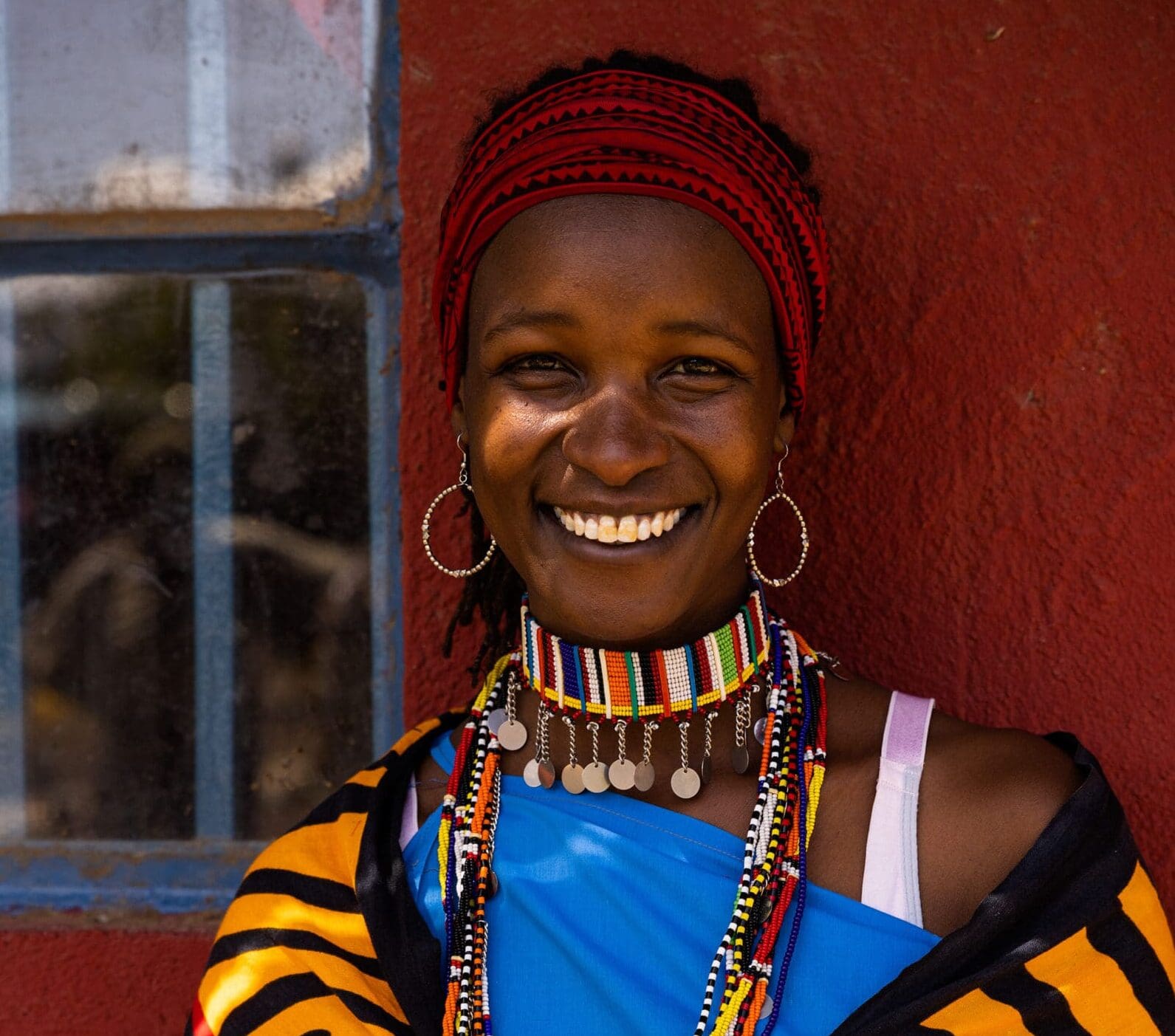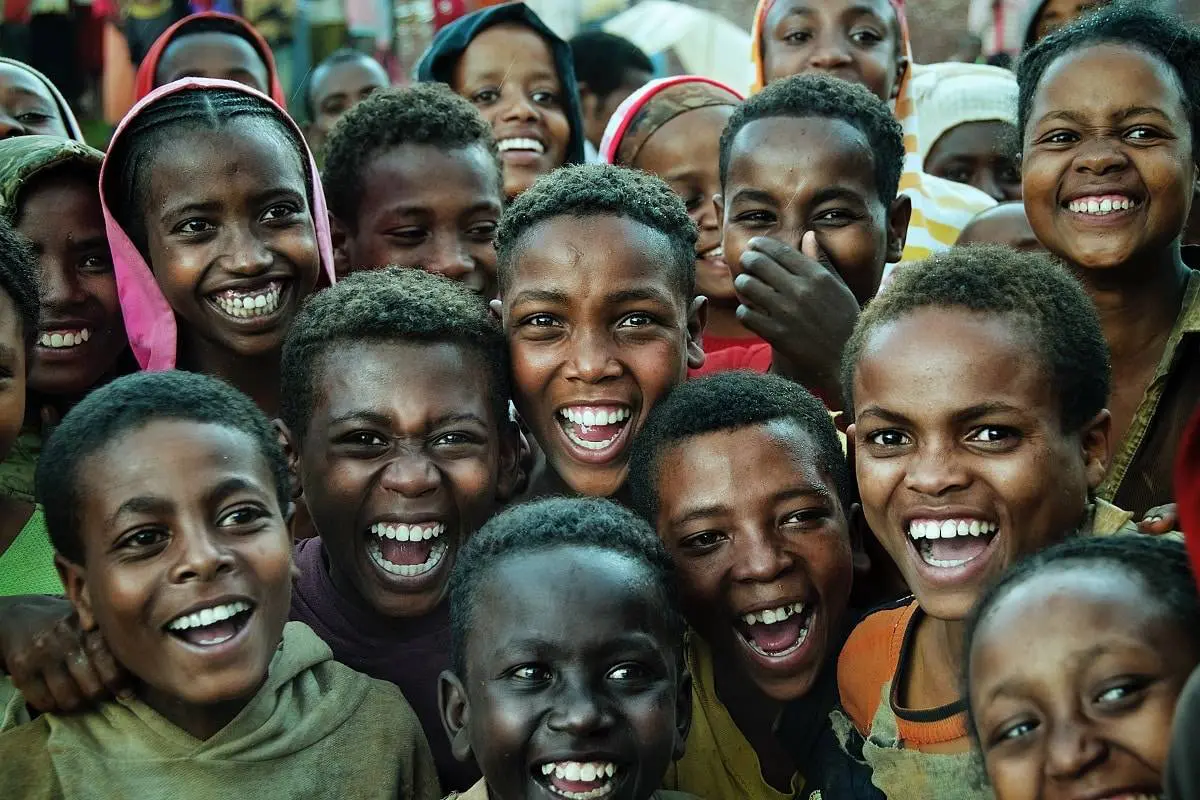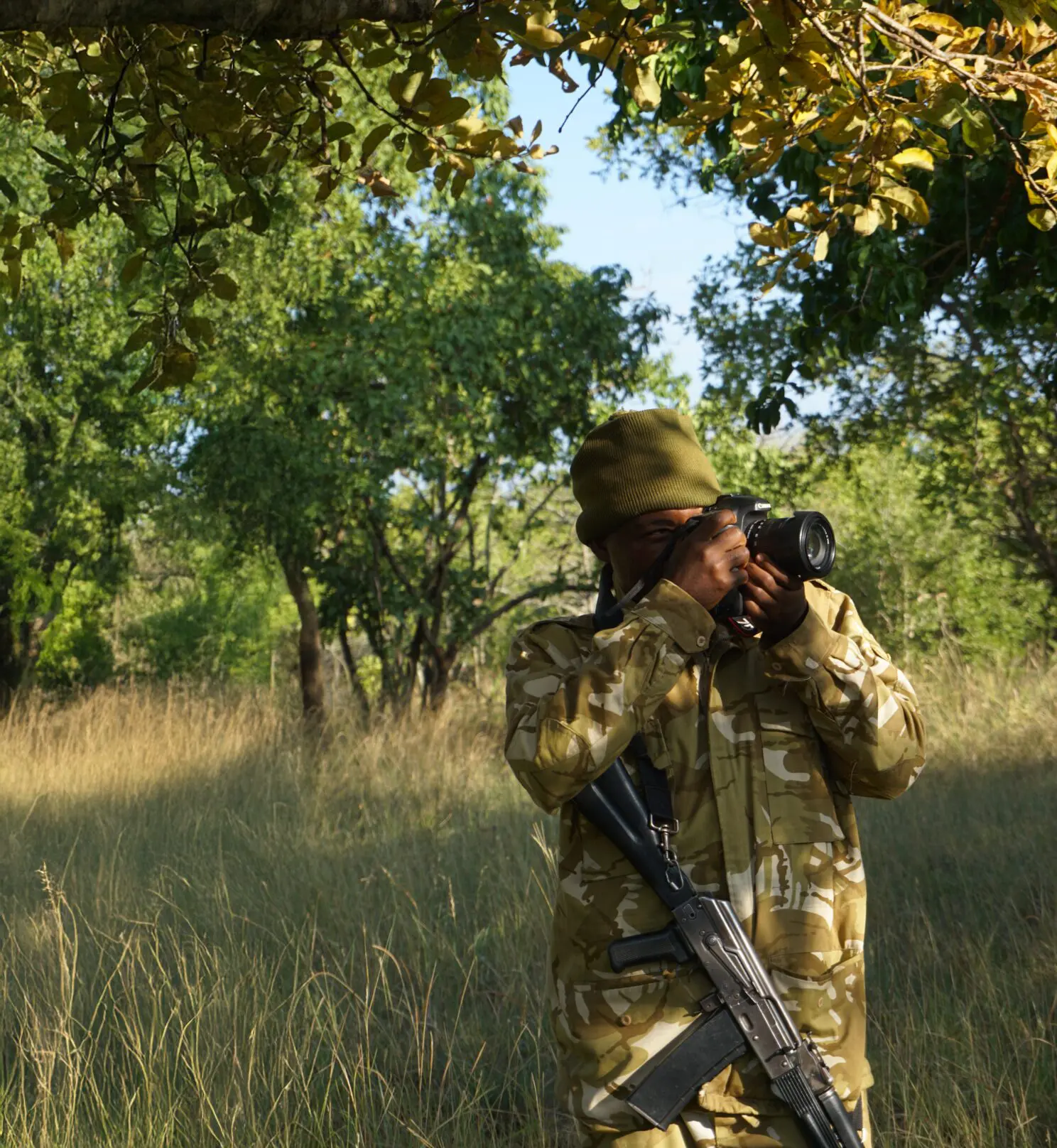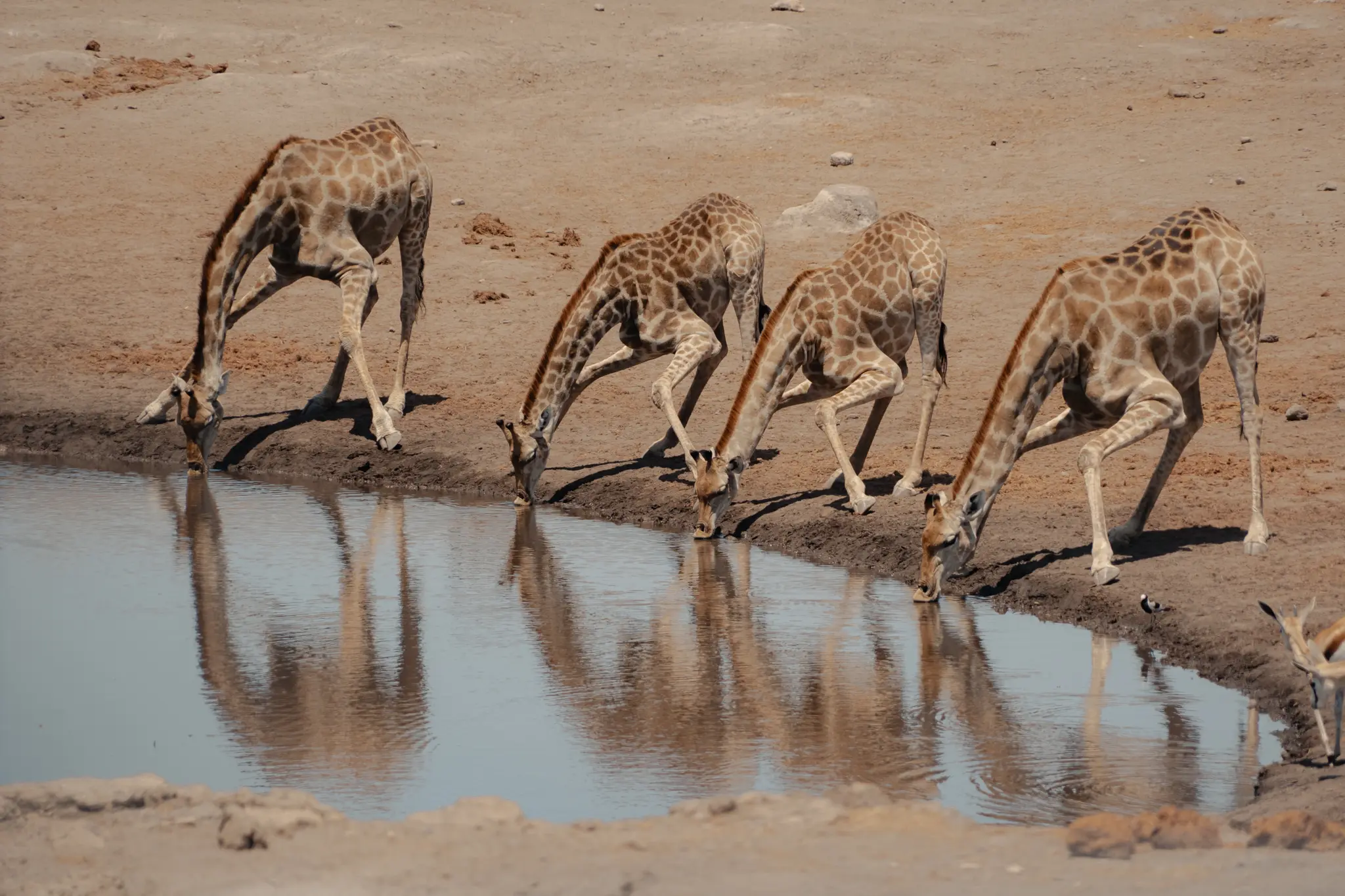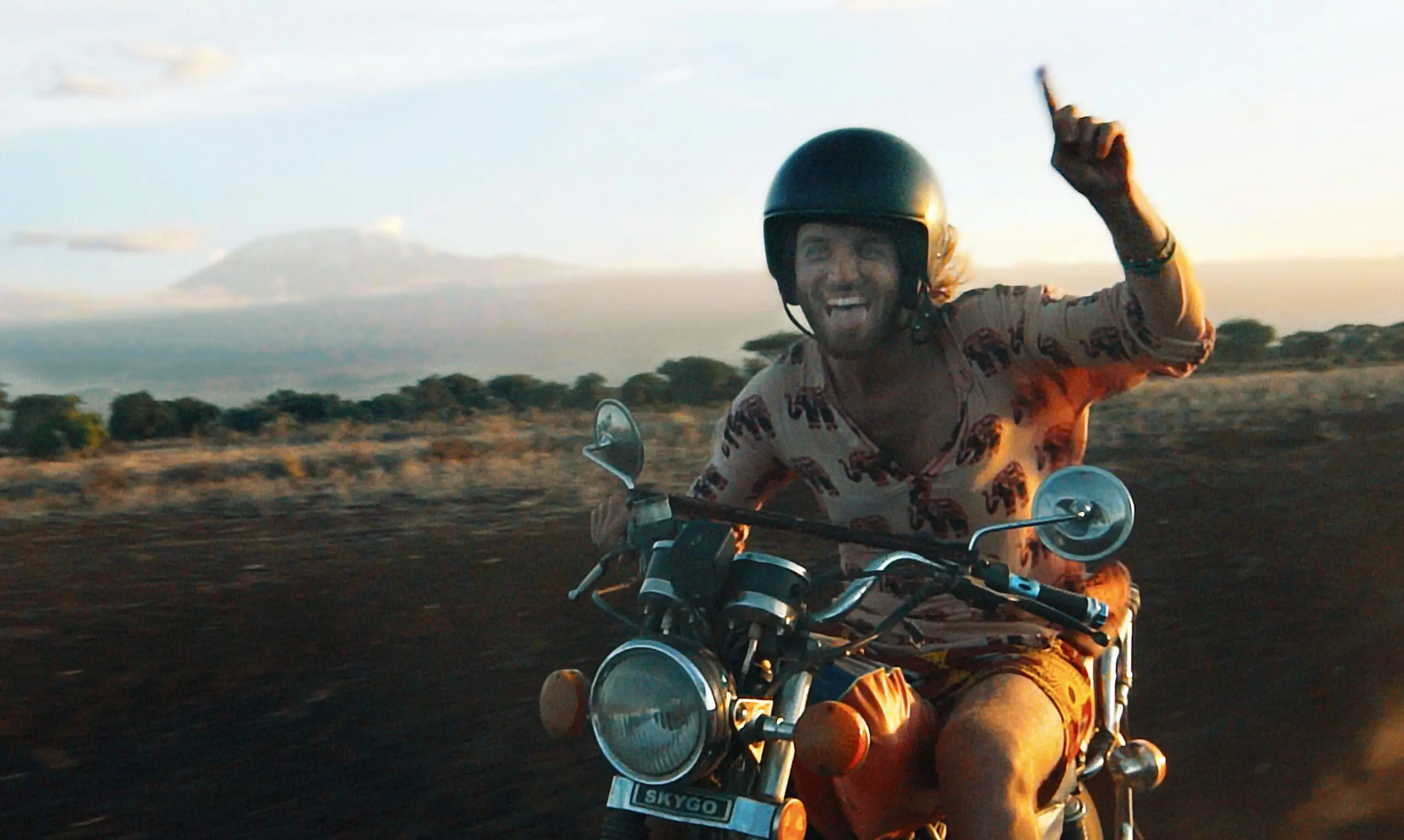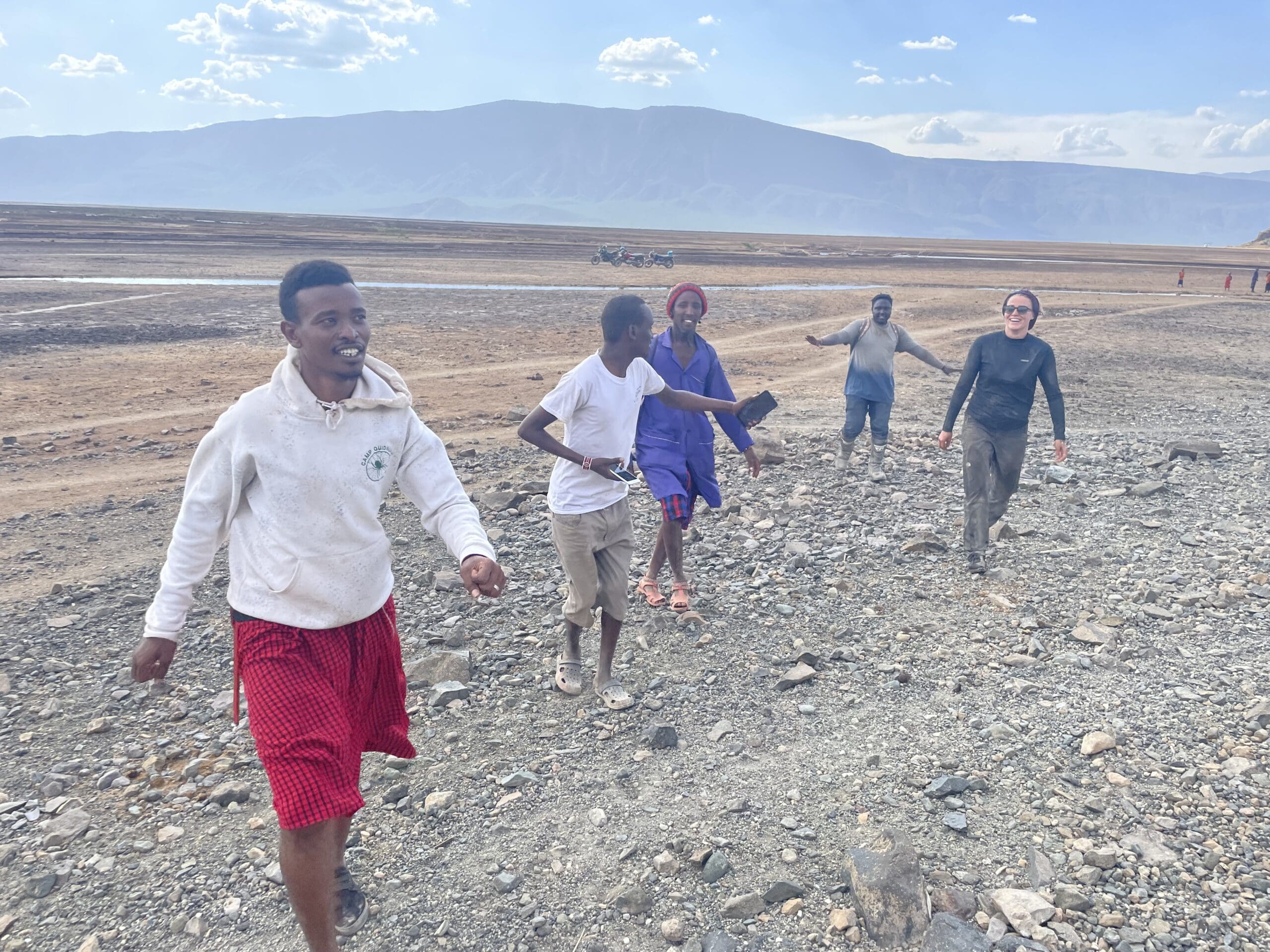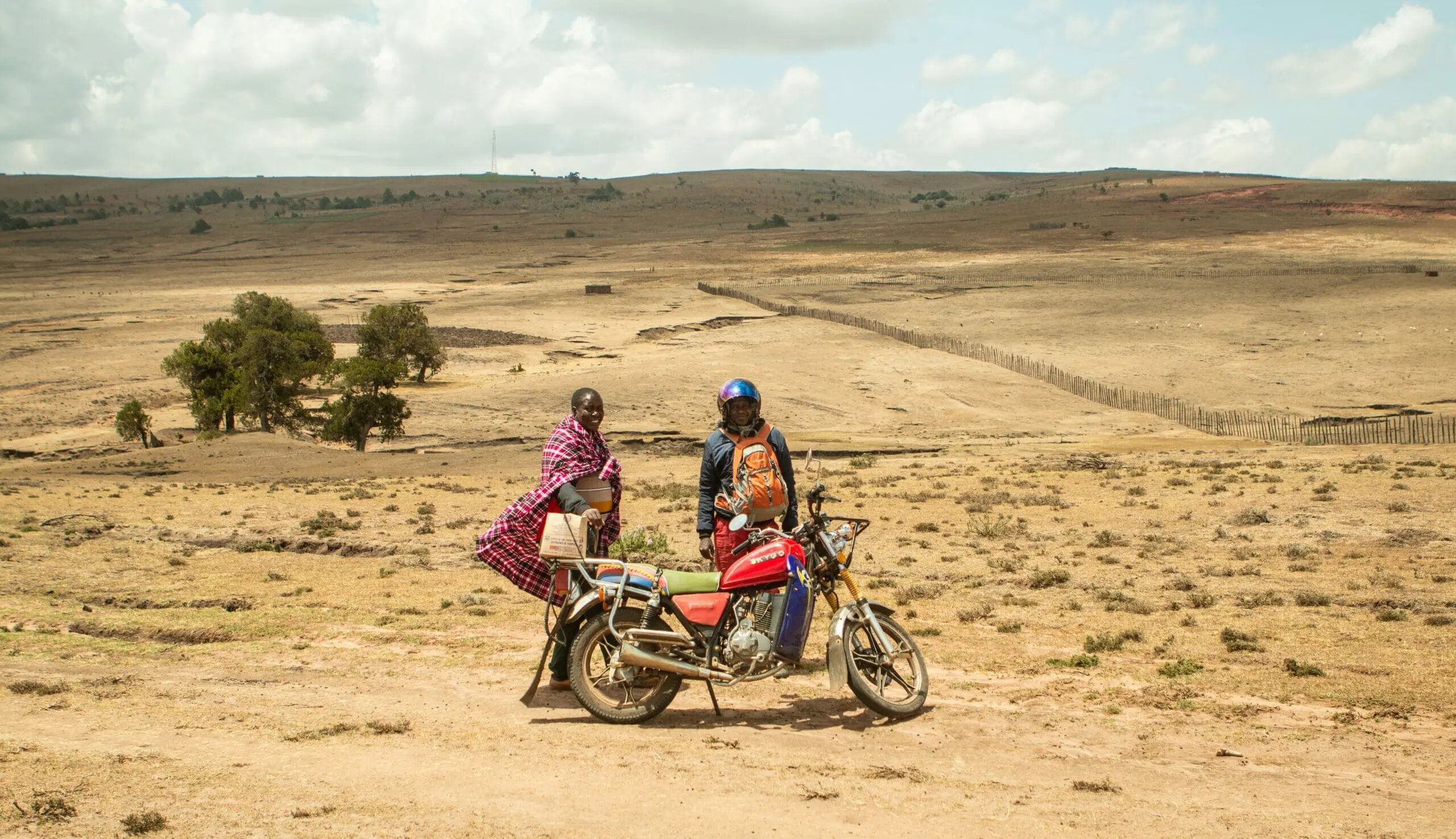1. The disgusting statistics of orphanages tourism
Let's start with some handy figures that can shed some light on the context of orphanage tourism. No one knows exactly how many orphanages there are in East Africa because many are not registered. What we do know is that in 1992, 2,900 children were in orphanages in Uganda alone. What we also know is that in 2015 it was 50,000. After this spike, the Ugandan government published a list of nearly 600 orphanages they are trying to close. This seems like a harsh and merciless decision when you consider how many children suddenly find themselves without a roof over their heads. It's better to ask: Should these children have been in these orphanages in the first place?
Or, an even better question: are these children orphans at all? Unicef shows that 80% of children in orphanages still have one or both parents. And of all these mini-humans, at least half came from an environment that was good enough to grow up in. Are you starting to smell it already? That nasty smell associated with this oh-so-sanctified childcare system?
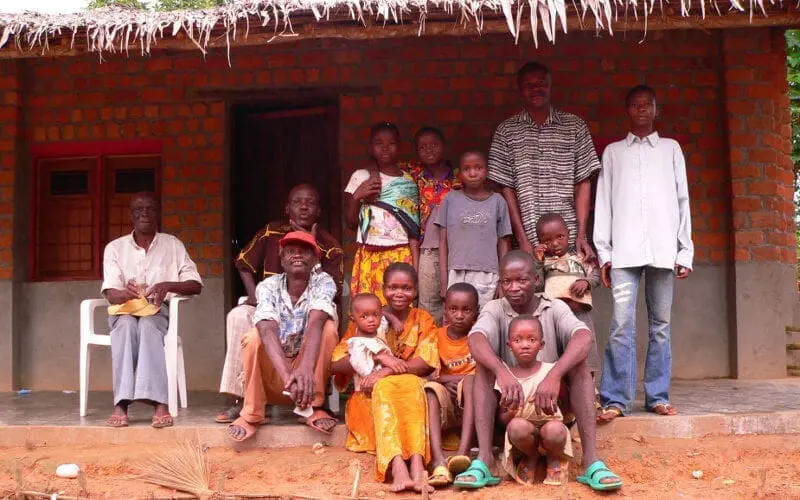
2. Why there shouldn't be so many orphanages
It is strange and a bit suspicious that there are so many children in orphanages who in reality are not orphans at all. But what if I told you that it is actually not strange at all that there are many children, orphans or not, in homes in East Africa? That's because in East Africa you grow up with close family and community ties. Cousins are often called siblings, and aunts and uncles often act as mother and father figures. It doesn't really seem to matter exactly how you are related to whom. Children grow up as a family or community. It is common for parents to die of AIDS, for example, and children are left behind as orphans. But fortunately, as a child, you still have a handful of friendly aunts, uncles or neighbors who lovingly care for and raise you. A study shows that funding one orphanage is 10 times more expensive than if the child is cared for by the family or community.... If you are scratching your head right now and thinking, "Why on earth are there so many orphanages?" you are on the right track.
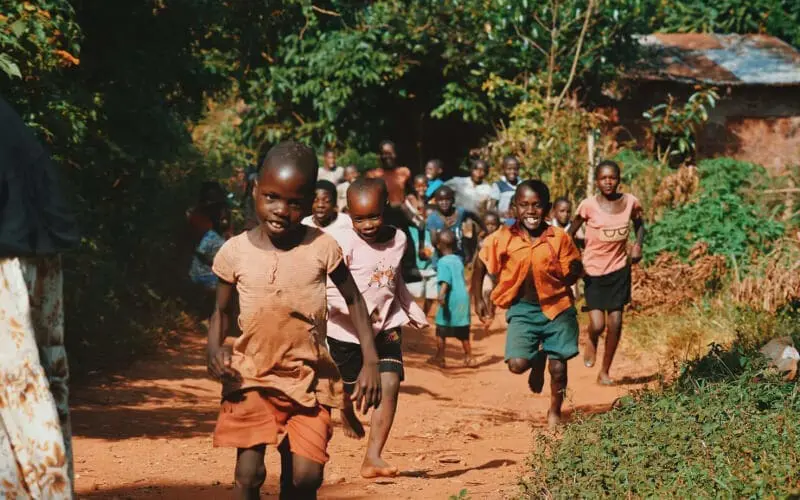
3. How do these children end up in orphanages?
So an orphanage is a Western invention, an idea that originated and flourished in Western culture and society, and then was transferred to Africa - and other parts of the world. But why are so many children in orphanages? Before I give the redeeming answer to that question, let me first tell you how those children from their village actually end up in an orphanage. Without blinking an eye: this is done through child trafficking. Children are recruited in all sorts of creative ways only to be placed in orphanages and even sent to America via international adoption. Usually children are bought from parents who are not well off: parents get some money, and children get a good education. Win-win right? Or.
But it is also common for newborn babies to be stolen from cribs and incubators in hospitals, or just randomly plucked off the street and kidnapped. Thus, many children are collected to fill orphanages. Children can grow up in traumatic circumstances, without parents or family. But why all this misery?
4. Orphanage tourism and white saviours
The answer is simple: by the heroic, white, good Samaritan who comes to save Africa. Doing good in developing countries is very popular these days. With the great demand from the West to volunteer, help or donate, and the large piggy bank that people are willing to empty to do so, a brand new gap in the market has emerged. Orphanage tourism. Anyone who jokingly scours the Internet for fun volunteer trips (yes, it's a thing) to Africa will see that for a few weeks you can easily spend 3,000 euros. This is driven by the "White Savior Complex," in which white Westerners are eager to play the hero in the story in which Africa is saved from itself. Of course, an intrinsic motivation of many people is to do something good from your privileged position.bullet points or likes on social media are often deliberately overlooked. You can read more about this "White Savior Syndrome" in this
article.
And: the more terrible the conditions and the more pathetic the children, the more there is to save for the White Savior. And the more rich white people post pictures of emaciated toddlers on Instagram (so this is called poverty porn!), the more stereotypical ideas about Africa are encouraged and the more redneck white people hand out money, candy and group hugs.
Thus, volunteering in orphanages becomes a high-money industry in which many children and families suffer. Demand from the rich West is creating business opportunities, so orphanages are sprouting like weeds. And yes, they should be filled with children! And so orphanage tourism was born.
Want to get a better picture of Voluntourism and White Savior Syndrome? Then watch the satirical videos '
Who wants to volunteer' (the header of this blog is a still from this Youtube video) and
'How to get more likes on social media'.
5. The problem of orphanage tourism in child development
So the orphanages are there, and those children are living there. But that's not the end of the hat. Most volunteers often stay for a few weeks, with some outliers to a few months. There is a huge influx of - often young - Westerners who like to combine their volunteer work with a nice trip to Africa. And of course the children have big smiles on their faces when you come to play with them. They are happy to see you and you have that warm, satisfying feeling in your heart that nothing materialistic can replace: nothing beats happy children!
Unfortunately, these smiles are quickly wiped from their faces. Because what happens after a few weeks as you move on with your life? Research shows that children in orphanages often
develop attachment problems. In children's development, a solid foundation on which to build - parents, family - is a necessity. But instead, children in orphanages are constantly saying goodbye. As a result, children gain less and less trust in adults and it is also much more difficult to form relationships with adults. Another annoying side effect: children build low self-esteem, making them easy victims of people with bad intentions.
Problem number two:
normalizing access to vulnerable children. Uneducated, unqualified volunteers usually lack a great deal of knowledge, experience and understanding in dealing with traumatized children. Something that would never be allowed in the Netherlands! Moreover, the constant flow of visitors and volunteers creates a lack of routine - something very important in a child's development - and can also lead to confusion about cultural identity.
Problem number three: in short, many orphanages are a veritable hell on earth behind the scenes. Read more about horror scenes set in children's homes? Charlie's Angel Charlotte once volunteered at a Ugandan orphanage herself and witnessed many abuses. Abuses caused by Western money wolves in sheep's clothing - aka a flamboyant superhero suit.
6. As small children grow up
The problem of orphanages does not only rage within the walls between which the children grow up. Because when the children are 18 and "grown up," room must be made for new children, and they are often put on the street unannounced with little more than a pack of clothes. There you are: all alone, no family or supporters, many attachment problems and no good education or knowledge of the world. For example, I know a girl who got a sewing machine to make ends meet. After a week she was back on the orphanage doorstep asking for a new sewing machine: she had wanted to buy phone credit and had sold her sewing machine for a few pennies. A man cannot survive long on a sack of grain unless he learns to grow grain. And then you wonder:
7. What is okay then?
There are many institutions that care for problem children, and they are certainly not all bad. For example, there are many homeless street children, lost in the big city and easily tempted to crime and drug use. For these types of children, there are organizations - often run by people who themselves once climbed out of this situation - that provide children with temporary shelter and tuition while they search for a long-term solution. And these kinds of solutions are sought within our own communities rather than in the West. So first ask yourself: which organization do I want to help, and how do I do it efficiently and sustainably? Is it really necessary to go there and take pictures yourself? The same goes for travelers who ask their travel advisor before or during their trip to Africa if they can visit an orphanage. Ask yourself: why do I want to visit this orphanage? Try to answer honestly, and remember: children are cute, but also vulnerable.




